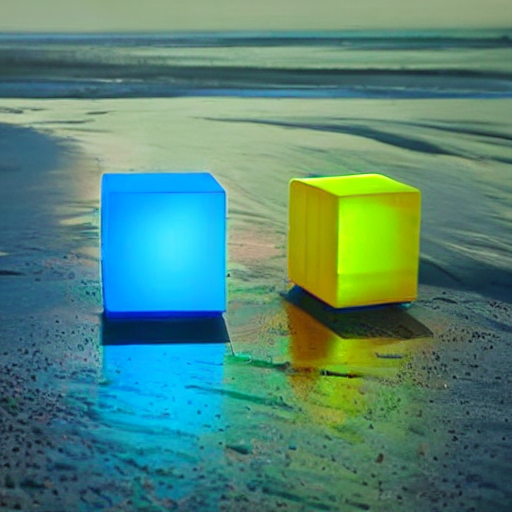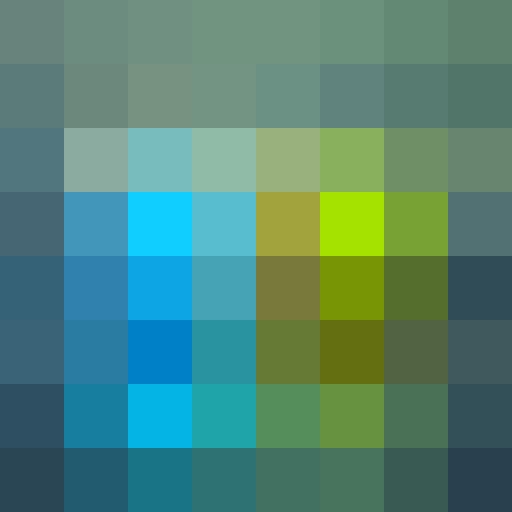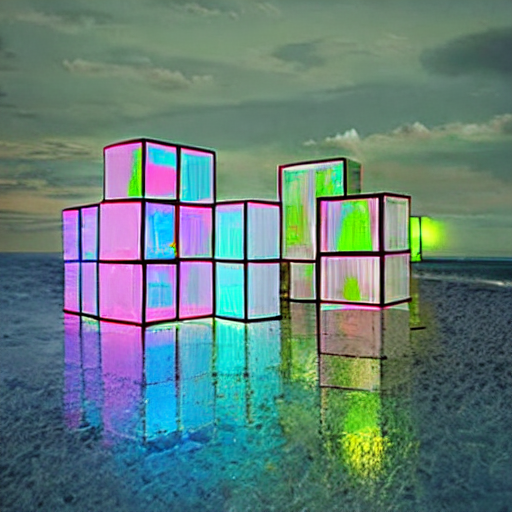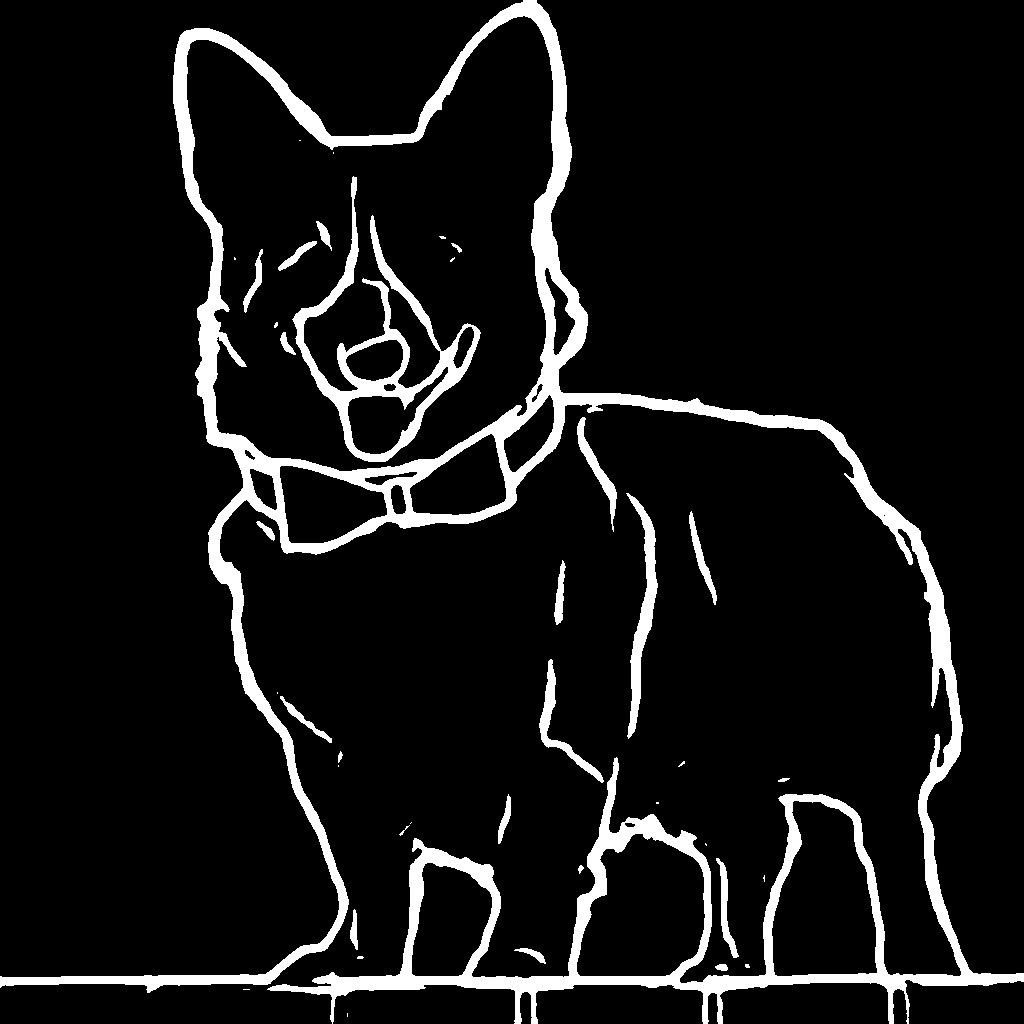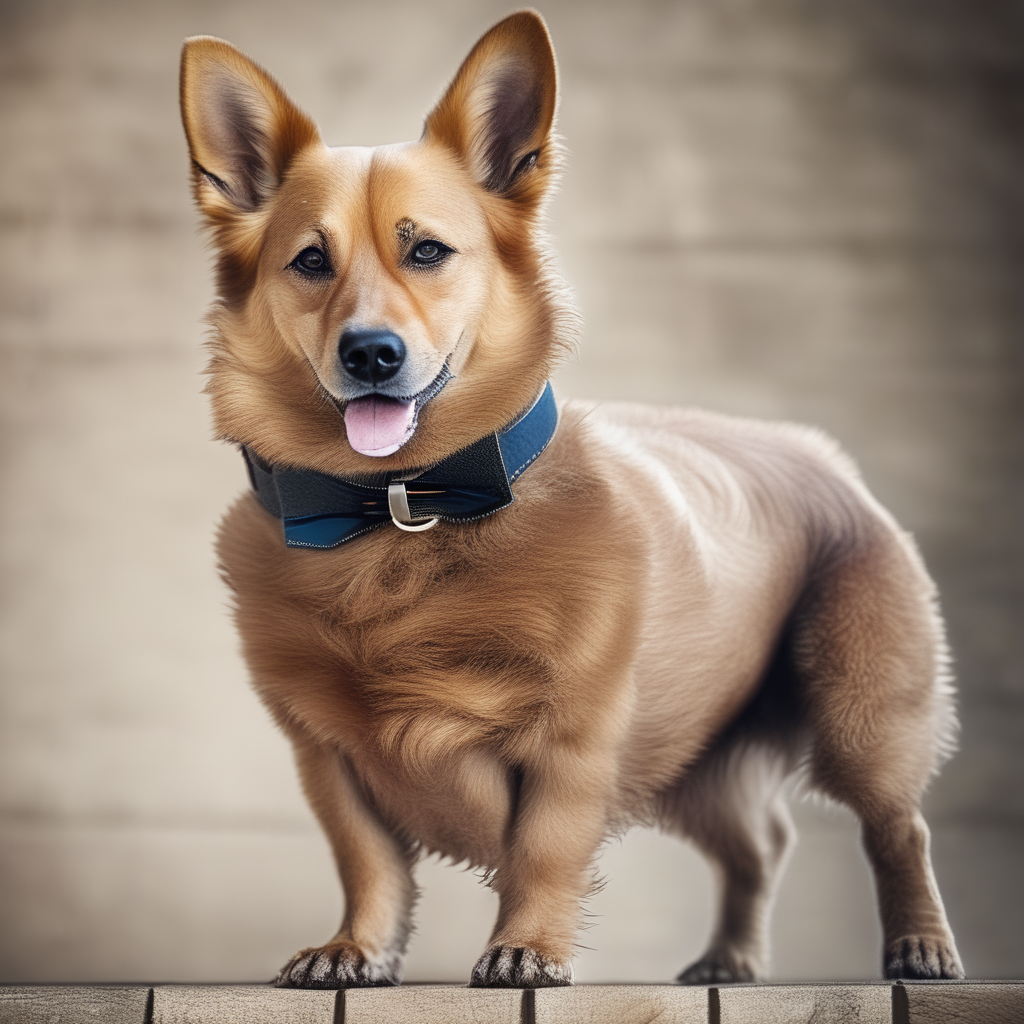Spaces:
Runtime error
A newer version of the Gradio SDK is available:
6.1.0
Text-to-Image Generation with Adapter Conditioning
Overview
T2I-Adapter: Learning Adapters to Dig out More Controllable Ability for Text-to-Image Diffusion Models by Chong Mou, Xintao Wang, Liangbin Xie, Jian Zhang, Zhongang Qi, Ying Shan, Xiaohu Qie.
Using the pretrained models we can provide control images (for example, a depth map) to control Stable Diffusion text-to-image generation so that it follows the structure of the depth image and fills in the details.
The abstract of the paper is the following:
The incredible generative ability of large-scale text-to-image (T2I) models has demonstrated strong power of learning complex structures and meaningful semantics. However, relying solely on text prompts cannot fully take advantage of the knowledge learned by the model, especially when flexible and accurate structure control is needed. In this paper, we aim to ``dig out" the capabilities that T2I models have implicitly learned, and then explicitly use them to control the generation more granularly. Specifically, we propose to learn simple and small T2I-Adapters to align internal knowledge in T2I models with external control signals, while freezing the original large T2I models. In this way, we can train various adapters according to different conditions, and achieve rich control and editing effects. Further, the proposed T2I-Adapters have attractive properties of practical value, such as composability and generalization ability. Extensive experiments demonstrate that our T2I-Adapter has promising generation quality and a wide range of applications.
This model was contributed by the community contributor HimariO ❤️ .
Available Pipelines:
| Pipeline | Tasks | Demo |
|---|---|---|
| StableDiffusionAdapterPipeline | Text-to-Image Generation with T2I-Adapter Conditioning | - |
| StableDiffusionXLAdapterPipeline | Text-to-Image Generation with T2I-Adapter Conditioning on StableDiffusion-XL | - |
Usage example with the base model of StableDiffusion-1.4/1.5
In the following we give a simple example of how to use a T2IAdapter checkpoint with Diffusers for inference based on StableDiffusion-1.4/1.5. All adapters use the same pipeline.
- Images are first converted into the appropriate control image format.
- The control image and prompt are passed to the [
StableDiffusionAdapterPipeline].
Let's have a look at a simple example using the Color Adapter.
from diffusers.utils import load_image
image = load_image("https://huggingface.co/datasets/diffusers/docs-images/resolve/main/t2i-adapter/color_ref.png")
Then we can create our color palette by simply resizing it to 8 by 8 pixels and then scaling it back to original size.
from PIL import Image
color_palette = image.resize((8, 8))
color_palette = color_palette.resize((512, 512), resample=Image.Resampling.NEAREST)
Let's take a look at the processed image.
Next, create the adapter pipeline
import torch
from diffusers import StableDiffusionAdapterPipeline, T2IAdapter
adapter = T2IAdapter.from_pretrained("TencentARC/t2iadapter_color_sd14v1", torch_dtype=torch.float16)
pipe = StableDiffusionAdapterPipeline.from_pretrained(
"CompVis/stable-diffusion-v1-4",
adapter=adapter,
torch_dtype=torch.float16,
)
pipe.to("cuda")
Finally, pass the prompt and control image to the pipeline
# fix the random seed, so you will get the same result as the example
generator = torch.manual_seed(7)
out_image = pipe(
"At night, glowing cubes in front of the beach",
image=color_palette,
generator=generator,
).images[0]
Usage example with the base model of StableDiffusion-XL
In the following we give a simple example of how to use a T2IAdapter checkpoint with Diffusers for inference based on StableDiffusion-XL. All adapters use the same pipeline.
- Images are first downloaded into the appropriate control image format.
- The control image and prompt are passed to the [
StableDiffusionXLAdapterPipeline].
Let's have a look at a simple example using the Sketch Adapter.
from diffusers.utils import load_image
sketch_image = load_image("https://huggingface.co/Adapter/t2iadapter/resolve/main/sketch.png").convert("L")
Then, create the adapter pipeline
import torch
from diffusers import (
T2IAdapter,
StableDiffusionXLAdapterPipeline,
DDPMScheduler
)
from diffusers.models.unet_2d_condition import UNet2DConditionModel
model_id = "stabilityai/stable-diffusion-xl-base-1.0"
adapter = T2IAdapter.from_pretrained("Adapter/t2iadapter", subfolder="sketch_sdxl_1.0",torch_dtype=torch.float16, adapter_type="full_adapter_xl")
scheduler = DDPMScheduler.from_pretrained(model_id, subfolder="scheduler")
pipe = StableDiffusionXLAdapterPipeline.from_pretrained(
model_id, adapter=adapter, safety_checker=None, torch_dtype=torch.float16, variant="fp16", scheduler=scheduler
)
pipe.to("cuda")
Finally, pass the prompt and control image to the pipeline
# fix the random seed, so you will get the same result as the example
generator = torch.Generator().manual_seed(42)
sketch_image_out = pipe(
prompt="a photo of a dog in real world, high quality",
negative_prompt="extra digit, fewer digits, cropped, worst quality, low quality",
image=sketch_image,
generator=generator,
guidance_scale=7.5
).images[0]
Available checkpoints
Non-diffusers checkpoints can be found under TencentARC/T2I-Adapter.
T2I-Adapter with Stable Diffusion 1.4
| Model Name | Control Image Overview | Control Image Example | Generated Image Example |
|---|---|---|---|
| TencentARC/t2iadapter_color_sd14v1 Trained with spatial color palette |
A image with 8x8 color palette. | 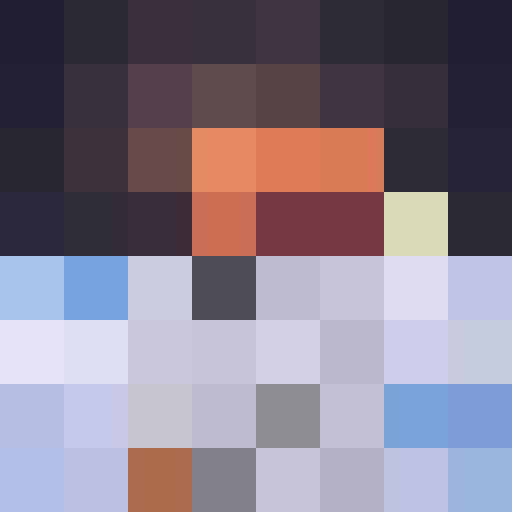 |
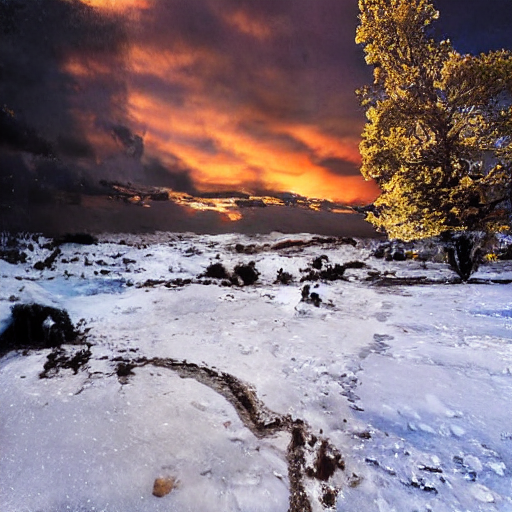 |
| TencentARC/t2iadapter_canny_sd14v1 Trained with canny edge detection |
A monochrome image with white edges on a black background. | 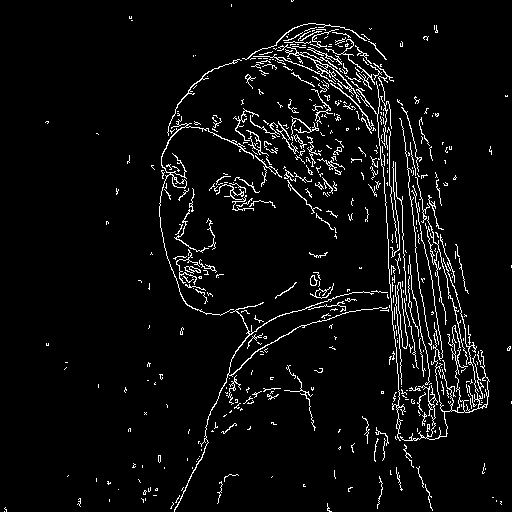 |
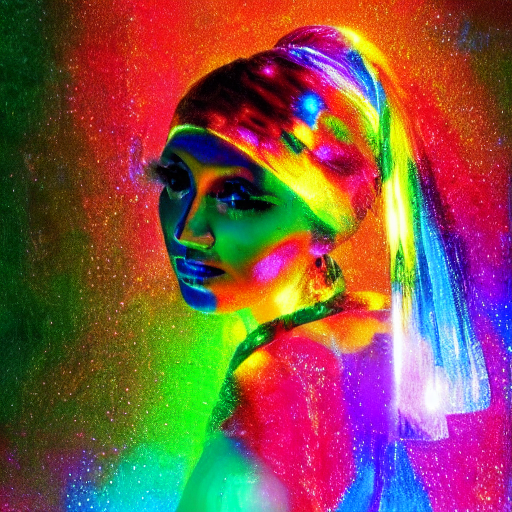 |
| TencentARC/t2iadapter_sketch_sd14v1 Trained with PidiNet edge detection |
A hand-drawn monochrome image with white outlines on a black background. | 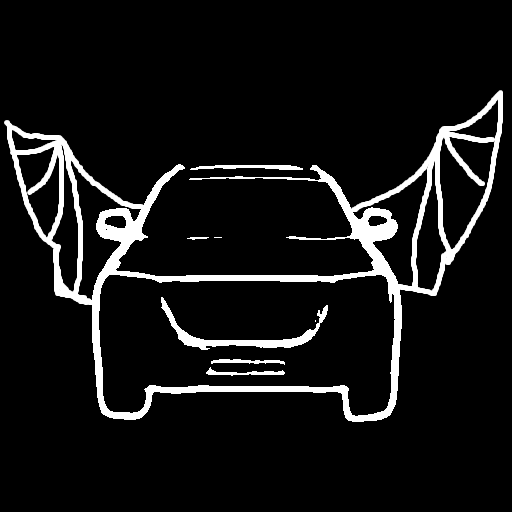 |
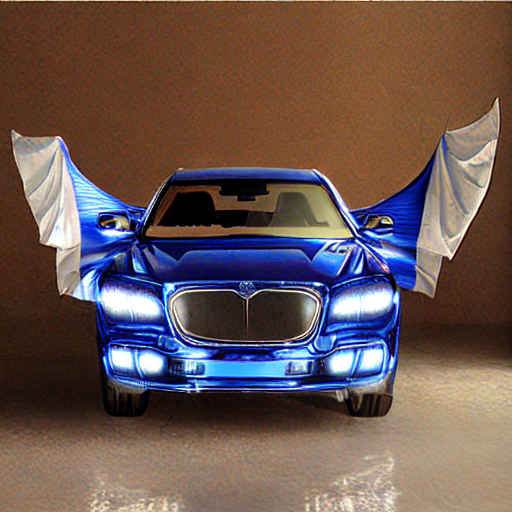 |
| TencentARC/t2iadapter_depth_sd14v1 Trained with Midas depth estimation |
A grayscale image with black representing deep areas and white representing shallow areas. | 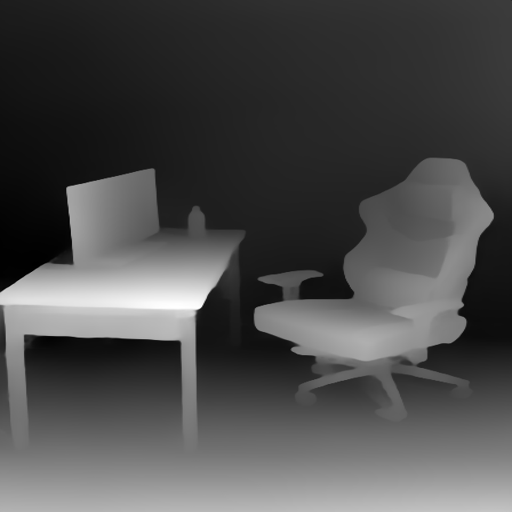 |
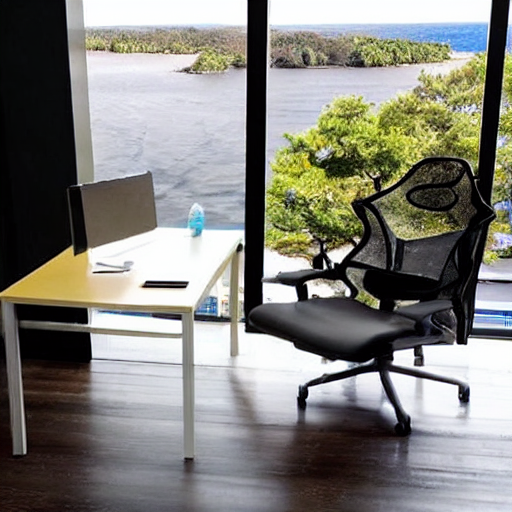 |
| TencentARC/t2iadapter_openpose_sd14v1 Trained with OpenPose bone image |
A OpenPose bone image. | 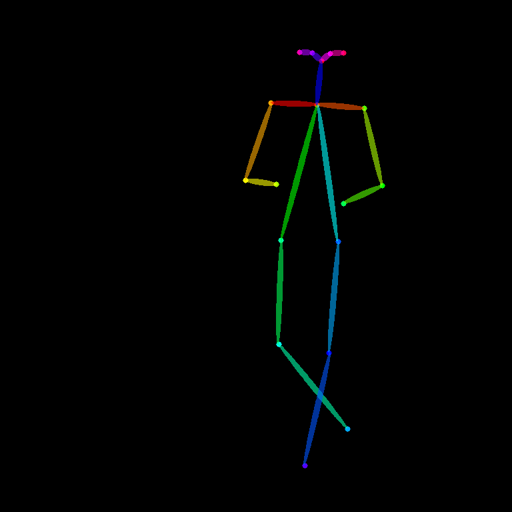 |
 |
| TencentARC/t2iadapter_keypose_sd14v1 Trained with mmpose skeleton image |
A mmpose skeleton image. |  |
 |
| TencentARC/t2iadapter_seg_sd14v1 Trained with semantic segmentation |
An custom segmentation protocol image. |  |
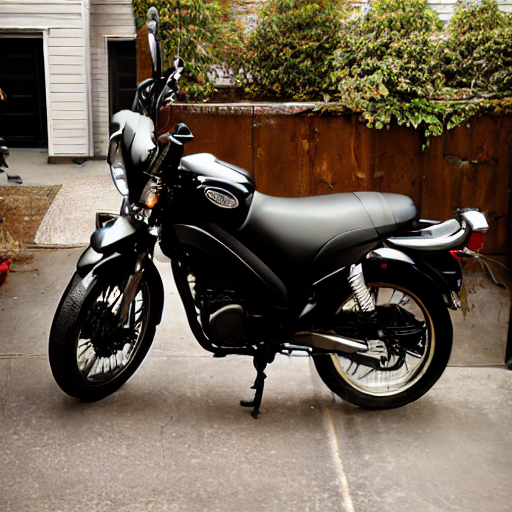 |
| TencentARC/t2iadapter_canny_sd15v2 | |||
| TencentARC/t2iadapter_depth_sd15v2 | |||
| TencentARC/t2iadapter_sketch_sd15v2 | |||
| TencentARC/t2iadapter_zoedepth_sd15v1 | |||
| Adapter/t2iadapter, subfolder='sketch_sdxl_1.0' | |||
| Adapter/t2iadapter, subfolder='canny_sdxl_1.0' | |||
| Adapter/t2iadapter, subfolder='openpose_sdxl_1.0' |
Combining multiple adapters
[MultiAdapter] can be used for applying multiple conditionings at once.
Here we use the keypose adapter for the character posture and the depth adapter for creating the scene.
import torch
from PIL import Image
from diffusers.utils import load_image
cond_keypose = load_image(
"https://huggingface.co/datasets/diffusers/docs-images/resolve/main/t2i-adapter/keypose_sample_input.png"
)
cond_depth = load_image(
"https://huggingface.co/datasets/diffusers/docs-images/resolve/main/t2i-adapter/depth_sample_input.png"
)
cond = [[cond_keypose, cond_depth]]
prompt = ["A man walking in an office room with a nice view"]
The two control images look as such:
MultiAdapter combines keypose and depth adapters.
adapter_conditioning_scale balances the relative influence of the different adapters.
from diffusers import StableDiffusionAdapterPipeline, MultiAdapter
adapters = MultiAdapter(
[
T2IAdapter.from_pretrained("TencentARC/t2iadapter_keypose_sd14v1"),
T2IAdapter.from_pretrained("TencentARC/t2iadapter_depth_sd14v1"),
]
)
adapters = adapters.to(torch.float16)
pipe = StableDiffusionAdapterPipeline.from_pretrained(
"CompVis/stable-diffusion-v1-4",
torch_dtype=torch.float16,
adapter=adapters,
)
images = pipe(prompt, cond, adapter_conditioning_scale=[0.8, 0.8])
T2I Adapter vs ControlNet
T2I-Adapter is similar to ControlNet. T2i-Adapter uses a smaller auxiliary network which is only run once for the entire diffusion process. However, T2I-Adapter performs slightly worse than ControlNet.
StableDiffusionAdapterPipeline
[[autodoc]] StableDiffusionAdapterPipeline - all - call - enable_attention_slicing - disable_attention_slicing - enable_vae_slicing - disable_vae_slicing - enable_xformers_memory_efficient_attention - disable_xformers_memory_efficient_attention
StableDiffusionXLAdapterPipeline
[[autodoc]] StableDiffusionXLAdapterPipeline - all - call - enable_attention_slicing - disable_attention_slicing - enable_vae_slicing - disable_vae_slicing - enable_xformers_memory_efficient_attention - disable_xformers_memory_efficient_attention
